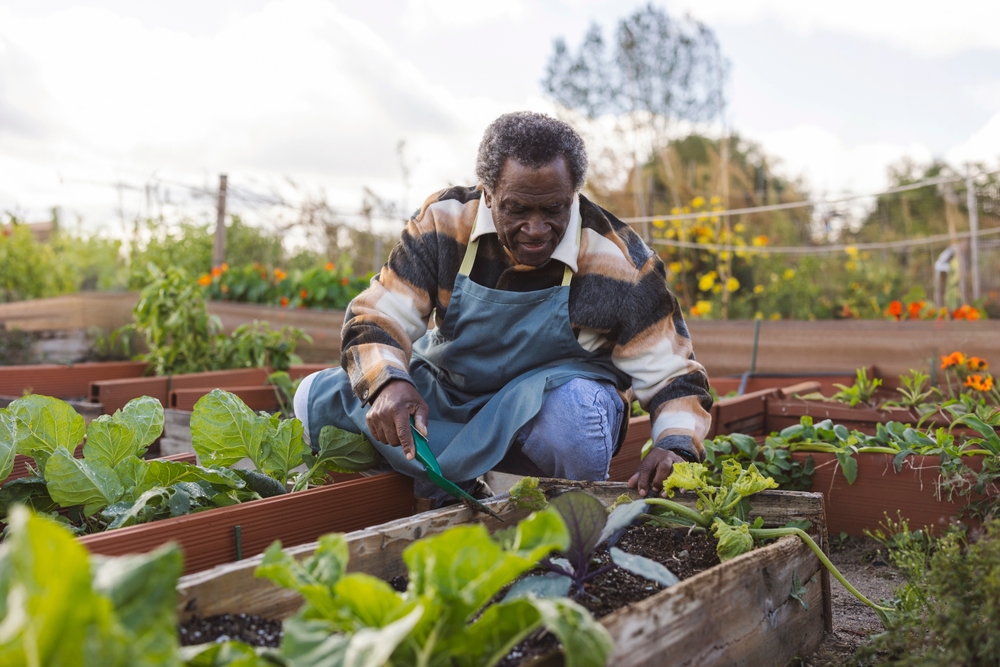Make an Appointment
Manual Handling in Aged Care
Manual handling is common in aged care but many don’t know exactly what’s involved and why it’s used. Since many of our physiotherapy patients fall within the realm of aged care, it makes sense to talk a bit about manual handling.
Here, we’ll go over what is manual handling in aged care, hazards that go along with it, and some equipment used for manual handling purposes.
What is Manual Handling in Aged Care?
Manual handling includes a variety of physical tasks that are more common than you may think and is a requirement of many professions. Manual handling is any activity that requires a person to exert force to:
- Carry
- Hold
- Lift
- Lower
- Move
- Pull
- Push
- Restrain
According to the Australian Government Department of Health, aged care is “the support provided to older people who need help in their own home or who can no longer live at home.”
Manual handling in aged care is performed by nurses, personal care workers, physios or any persons providing care to the elderly.
It’s almost certain that if you’re providing care to the elderly, you’ll be required to perform manual handling. There are many different tasks within aged care that require manual handling, such as:
- Assisted walking
- Wheelchair pushing
- Assisted sitting and standing
- Lifting, supporting, or moving patients
- Adjusting or moving medical equipment such as beds, trolleys, or wheelchairs
Manual handling is an important aspect of aged care, as many elderly patients require physical assistance when receiving medical care and throughout their everyday lives.
5 Common Manual Handling Hazards in Aged Care
Manual handling for aged care doesn’t come without risks and you should be sure to take care when performing tasks that require manual handling. There are some common hazards associated with manual handling in aged care, including:
- Physical stress from incorrectly lifting, supporting or moving patients
- Utilising incorrect posture while handling patients
- Physical stress from incorrectly adjusting or moving medical equipment such as beds, trolleys or wheelchairs
- Lifting or moving medical equipment that is too heavy
- Potential violence from patients experiencing confusion or stress
Physical injuries are a potential hazard of the many manual tasks in aged care. If untrained, it’s possible for you to incorrectly perform or use unsafe manual handling techniques.
This can include lifting with incorrect technique (such as from the lower back), performing tasks with incorrect posture, and lifting or moving objects that are too heavy.
One of the main potential outcomes of using unsafe or incorrect manual handling techniques is developing a musculoskeletal injury. Musculoskeletal injuries are common and can be short or long-term injuries. They are injuries that occur in the muscles, nerves, tendons, joints, cartilage, and spinal discs.
Some examples of musculoskeletal injuries seen in manual handling for aged care include:
- Abdominal hernias
- Ligament damage
- Sprained and strained muscles
- Prolapsed or herniated discs within the spine
- Tendon damage or tendinitis, most commonly of the shoulders, elbows and wrists
- Nerve pain or nerve damage
These musculoskeletal injuries can both affect your ability to work as well as your everyday life. To avoid injury, manual handling training for healthcare workers is incredibly important.
With proper training and precautions, the 5 common manual handling hazards in aged care don’t need to be a major cause for concern. For 3 often-used tasks, a quick overview of proper techniques is outlined below.
Lifting:
To avoid placing significant strain on your body, execute lifts from a semi-squat position. Ensure the abdominal muscles are engaged and the spine is straight.
When executing a lift, even for a light object, the dominant use of force should always come from the legs, rather than the back.
Pushing:
As a rule, pushing is a safer way to move a heavy object than lifting or pulling.
When pushing, try to create a wide base of support. Initiate movement from the lower limbs of your body, use your body weight and keep your elbows close to your body.
Pulling:
Face the object you need to pull straight on and use both arms to pull an object.
Ensure feet are placed so that body weight is distributed equally and initiate movement from the lower limbs of your body.
Lifting, pushing and pulling are very common manual tasks in aged care and using these proper techniques will help you to avoid injury.
Manual Handling Equipment in Aged Care
Often, you may find yourself using manual handling equipment in aged care. It can sometimes be known as lifting and handling equipment.
Lifting and handling equipment plays an integral role in the success of both the healthcare provider as well as the patient. This equipment can help reduce the risk of injury or accident for both providers and patients. It also allows for a greater sense of personal independence for patients.
There are 8 common pieces of equipment used in manual handling for aged care.
1. Wheelchairs
Wheelchairs are a popular mobility aid, with up to 93% of patients living in residential aged care facilities throughout Australia utilising mobility aids.
Wheelchairs offer a very simple, quick and relatively safe way for patients to retain independence and move around facilities.
2. Stretchers
Stretchers are utilised when transporting patients to facilities and throughout facilities. Providers use stretchers to move patients to their beds using slide sheets or by lifting the patient from the stretcher.
3. Slide Sheets
Slide sheets both transfer patients to their beds with ease, as well as help adjust patients while in bed to more comfortable positions.
4. Transfer Board
Transfer boards are lightweight pieces of manual handling equipment that help providers to move patients safely and easily while they are either seated or lying down. They can transfer patients from chairs and wheelchairs to their beds, baths, cars and more.
5. Mobile Hoists
Mobile hoists are used in many facilities, both within aged care and in private homes. Mobile hoists lift and assist in relocating a patient. They are used in conjunction with slings, stretchers and other pieces of equipment to assist patients in getting out of bed.
6. Ceiling Hoists
Ceiling hoists are also used within both aged care facilities and private homes. They provide similar functionality to mobile hoists but are permanently tracked and mounted on the ceiling.
7. Slings
Slings come in various sizes and are used to assist patients to move from lying down or sitting to standing. They can also be used to assist in dressing or bathing. Slings are often used in conjunction with hoists.
8. Transfer Belts
Transfer belts are also known as handling belts or walking belts. They are worn around patients’ waists and include handles for providers to hold onto while assisting mobile patients.
Utilising manual handling equipment in aged care often delivers a better, safer experience for both the provider as well as the patient.
Manual Handling Training for Healthcare Workers
In order to both provide the best care and reduce hazards, manual handling training for healthcare workers is important.
Employers may provide training for employees. There are many online courses you can take to learn more about manual handling and how to perform manual tasks best for the safety of both you and your patients.
Depending on where you live, manual handling training may be a requirement for your profession.
Seeking out and completing manual handling training for healthcare workers will not only reduce liability and increase workplace safety but is also likely to improve the satisfaction of your patients.
One-on-one training for family members assisting elderly relatives living at home is also available, and can significantly improve the quality of life for you and your loved ones. This may help you feel more comfortable assisting with daily tasks.
If you require assistance from physiotherapists well-equipped to perform manual tasks or to rehabilitate musculoskeletal injuries received while performing manual tasks, book an appointment at Physio Inq.
Date Published: Monday, August 22, 2022
Locate a Mobile Physiotherapy
Service Near me
Get the experience & convinence you deserve to support your or a loved one's allied health needs.
Our Mobile Physiotherapy team are currently serving & taking appointments in the following states and regions in Australia:
Need to get into direct contact with ur Client Services team? We're all ears. Call our team directly on 1300 731 733






